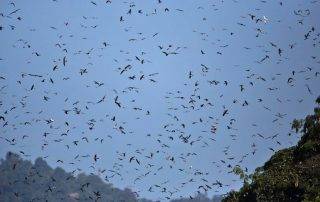Birds
Our website has several ‘categories’ These categories have been created based on the contents of our blog posts. Birds are one such category. Each category is shown on our homepage http://tonysparkes.com and as each new category, as created will be reflected on our homepage.
Category
Our ‘birds’ category provides a wealth of information to the reader, on a variety of related subjects. This information will be regularly updated as more and more information is created concerning birds and related topics.
CLASSIFICATIONS
Classification involves the grouping of birds into categories according to physiological similarities, and more recently, by consideration of their genetic make-up. This classification is also known as taxonomy. The system of classification was created by Carl Linnaeus.
Kingdom
The first division of classification is into Kingdom. Birds are classified into the Kingdom Animalia (i.e. Animals). The kingdom is further divided into the Phylum.
Phylum
Birds are in the Phylum Chordata (Animals with a backbone). Next in classification is the Class.
Class
The Class for birds is Aves. From this stage, we will be dealing purely with the classification of birds i.e. How the Class Aves is divided up.
Orders
In classifications, the Class Aves is split up into 23 orders. Birds in an order all share very similar characteristics. More than half of the Class of Aves are in the order Passeriformes (aka Passerines). The other smaller orders include Struthioniformes (Ostriches, emu’s etc.), Galliformes (pheasants, guinea fowl etc.), Piciformes (Barbets, woodpeckers etc.) and many more.
Families
The orders are further divided into families. There are 142 families in the Class Aves. The family designation is usually indicated by ending in -dae. For example, the order Apodiformes is divided into the families of Apodidae (typical swifts) and Hemiprocnidae (crested swifts).
Genus
Within the families, you will find the genus, of which there are 2,057 in the Class Aves. The next smallest unit of classification is species. In some cases the species is further divided into subspecies, this often occurs because birds of the same species living in a different geographical area may differ slightly. There are 11,000 species of birds.
Species
The genus and species names are used when using scientific names. The genus always begins with a capital letter and the species with a lower case letter. They should always be written as follows: Struthio camelus (Ostrich) or underlined if handwritten.
Example:
Let us look at a complete example of bird classification. The African fish eagle is classified as follows :
- Kingdom: Animalia
- Phylum: Chordata
- Class: Aves
- Order: Ciconiiformes
- Family: Accipitridae
- Genus: Haliaeetus
- Species: Vocifer




/Lesser_flamingos_20161024_5945-1-320x202.jpg)